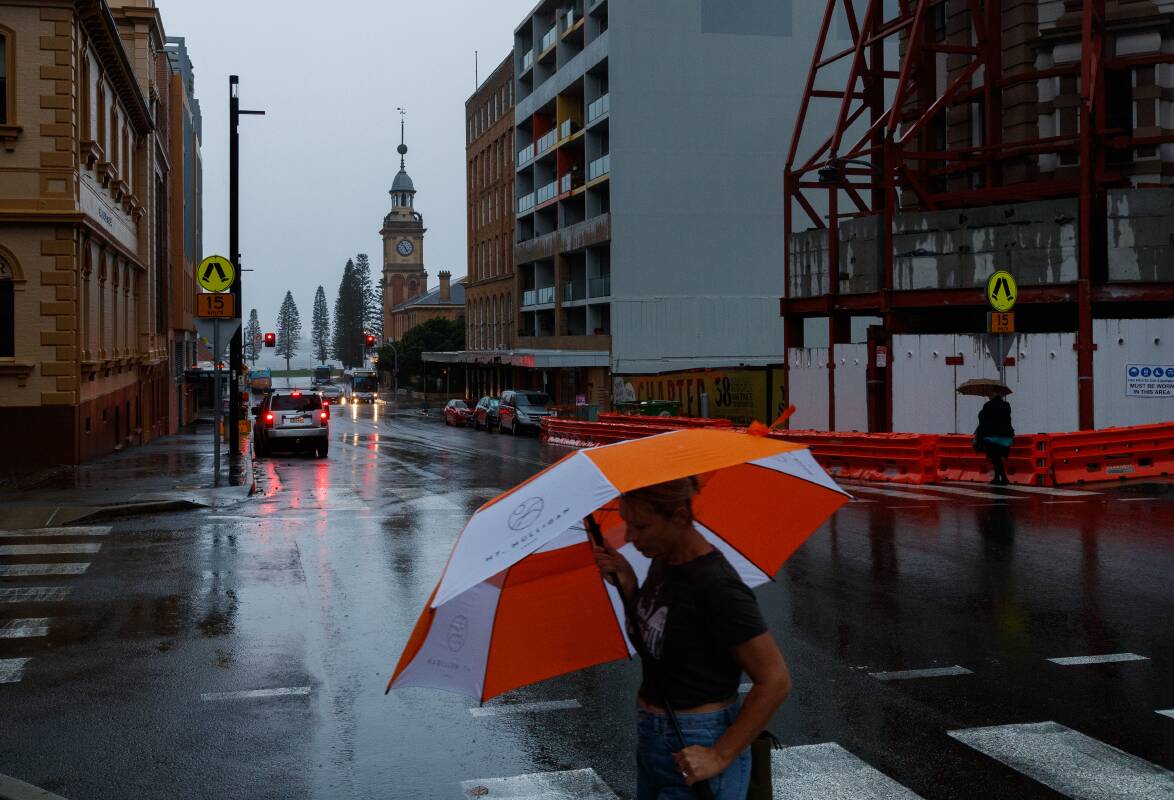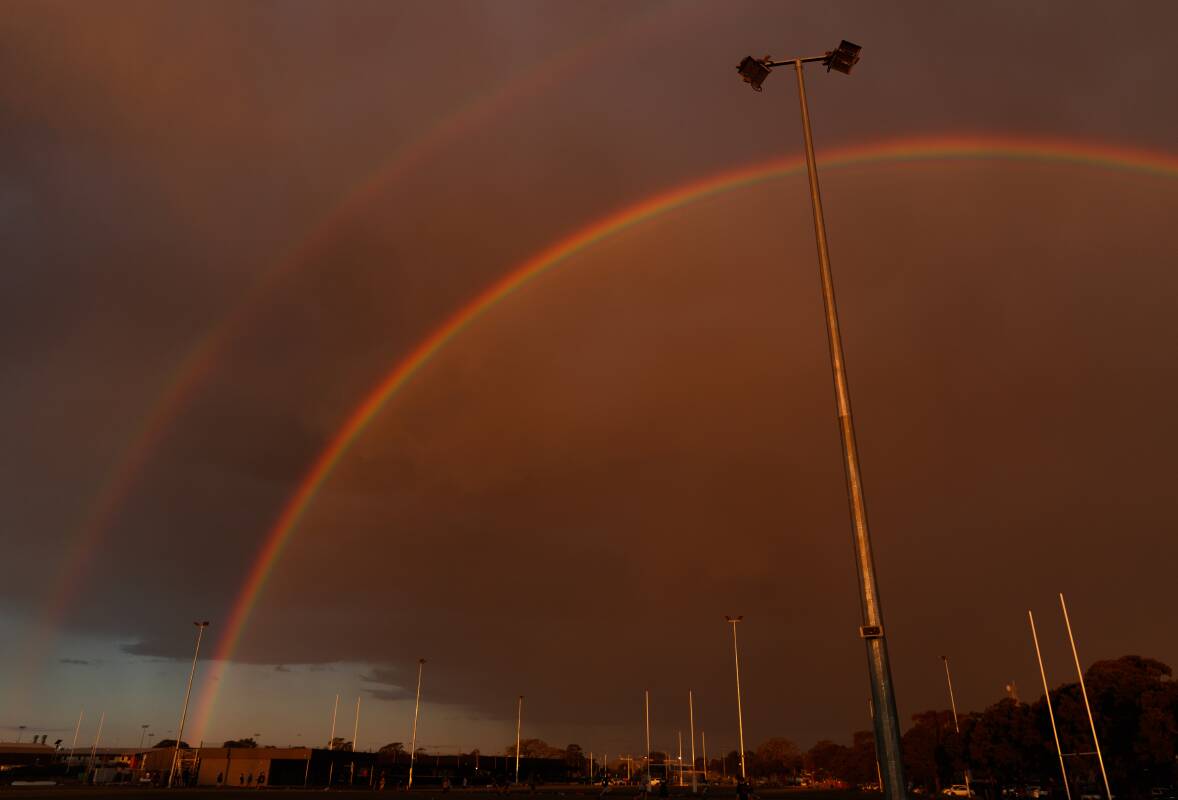
More rain and flooding could be on the way in the Hunter, with a high chance of the La Nina weather system returning for a third year.
The Bureau of Meteorology said the likelihood of La Nina returning this spring had increased to about three times the normal risk.
Dr Danielle Verdon-Kidd, a University of Newcastle climate extremes scientist, said "it is a bit unusual to have three La Nina years in a row".
"It has happened in the past, but it's not something we see all the time," Dr Vernon-Kidd said.
"The last two years we've had a lot of rainfall and subsequent flooding, which is typical of La Nina events. If La Nina does develop, as expected, then the rains are likely to continue in spring and summer."
Nobbys recorded 247 millimetres of rain in July, well above the average of 92.9 millimetres.

The bureau's El Nino-Southern Oscillation outlook, backed by seven climate models, found there was a 70 per cent chance of La Nina returning this spring.
The bureau's three-month climate outlook shows "a high chance of above average rainfall for most of the eastern two-thirds of the Australian mainland from September to November".
"Should a La Nina event be established in the Pacific Ocean, the wet conditions will persist into summer."
Dr Verdon-Kidd said every La Nina was "a bit different".
"We won't necessarily see what we saw last year. Some La Ninas don't have as big an effect as others and we're still trying to work out why.
"Even though there's a La Nina forecast, it doesn't necessarily mean we'll have floods, it just increases our chances of floods.
"However, because everything is still wet and the catchments are still soggy, they're primed for increased runoff. We could see some more flooding again in the upcoming seasons."
Asked if La Nina could keep going longer and whether the Hunter could become more tropical with climate change, Dr Verdon-Kidd said: "It is possible. It's highly unlikely it would end up in a permanent La Nina situation.
"The El Nino-Southern Oscillation swings between El Nino, La Nina and the neutral phase. Roughly every two to seven years there's this cycle."
Some research suggests La Nina may become more frequent in future with climate change.
WHAT DO YOU THINK? We've made it a whole lot easier for you to have your say. Our new comment platform requires only one log-in to access articles and to join the discussion on the Newcastle Herald website. Find out how to register so you can enjoy civil, friendly and engaging discussions. Sign up for a subscription here.






